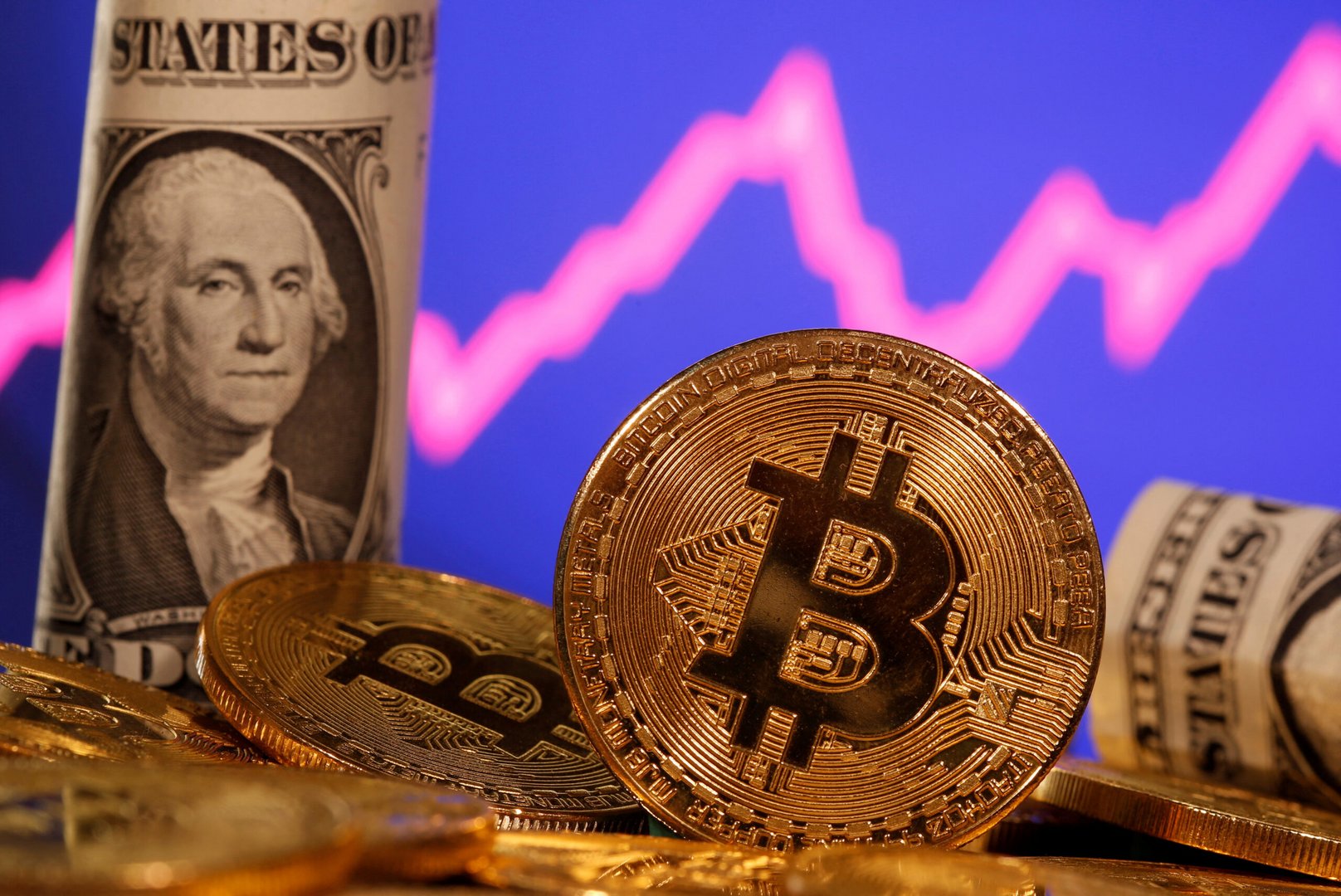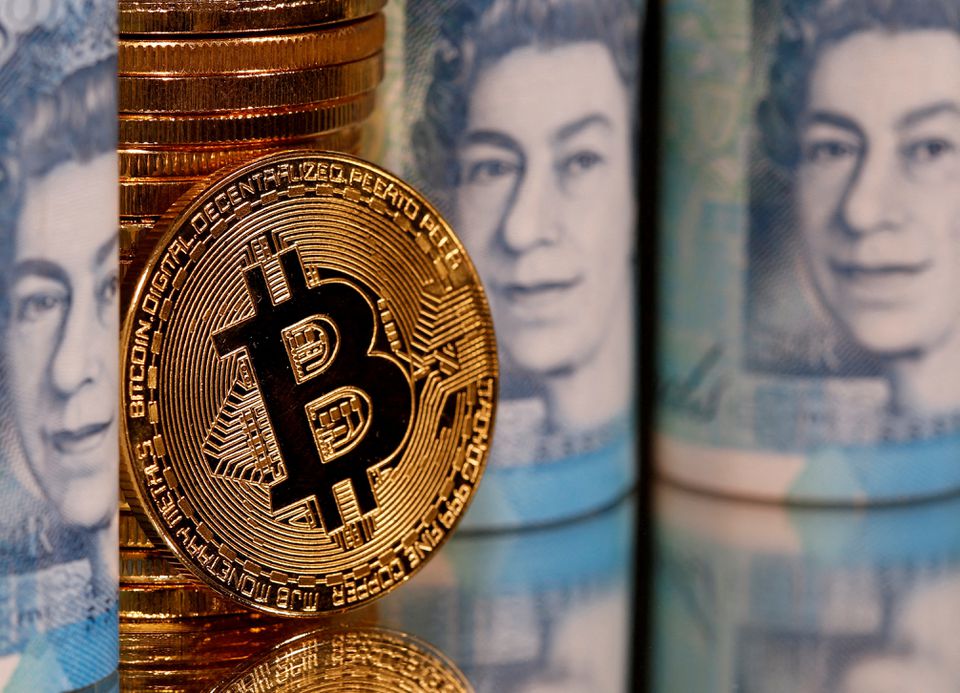Bitcoin staggered into 2022. It ends the year slumped in an alleyway, robbed of its cocktail of cheap money and leveraged bets, shunned by the establishment.
The preeminent cryptocurrency has lost 60 per cent of its value, while the wider crypto market has shrunk by $1.4 trillion, squashed by rising interest rates, vanishing risk appetite and corporate collapses including Sam Bankman-Fried’s FTX.
Crypto funds have seen net inflows of $498 million in 2022, versus $9.1 billion in 2021, according to data from digital asset manager CoinShares, reflecting how mainstream finance has steered clear of the market through its annus horribilis.
James Malcolm, head of FX strategy at UBS, said that in the first half of the year he had spent 70 per cent of his time with clients talking crypto. By contrast, during 10 days in North America last month, from Montreal to Miami, “I spent less than 2 per cent of my time discussing crypto”.
Even last year, before the decline began in November, cryptocurrencies were realistically seen as two or three years away from winning acceptance from mainstream institutional investors, Malcolm added.
“Now it’s completely in the far, distant future.”

CRYPTO OPTIMIST FOR 2023?
It hasn’t been all bad for crypto, though: 2022 was also the year the Ethereum blockchain finally pulled off its “Merge” mega-upgrade, which moved it to a less energy-intensive “proof of stake” system in September.
“This event was a technological feat and one of the lone positive events in a year that otherwise has been rather dark for crypto,” said Anthony Georgiades, co-founder of the Pastel Network blockchain.
“These upgrades will make the Ethereum ecosystem far easier to use for people all around the world. Because of all this progress, it’s hard not to be a crypto optimist going into 2023.”
Ben McMillan, chief investment officer at IDX Digital Assets, said the rising popularity of blockchain-based tools including decentralized exchanges and decentralized finance had also been an important development this year.
“So that is very bullish for the ecosystem and something to keep an eye on long-term,” he added. “We could see bigger allocations to digital assets once risk appetite resumes in 2023.”

REUTERS/Dado Ruvic/File Photo
BITCOIN MEETS A RECESSION
Bitcoin hit a record high of $69,000 in November 2021, with the crypto market touching $3 trillion, buoyed by fiscal and monetary stimulus from countries around the world trying to ward off the economic damage from COVID lockdowns.
But as societies reopened, surging inflation forced central banks to tighten rates and led to investors fleeing higher-risk assets – tech stocks and cryptocurrencies.
Bitcoin, long-heralded as a handy store of value in times of inflation because of its limited supply, flopped during the test, with investors turning to tried-and-tested havens such as the dollar as rates went up. It fell by about a third in January, outpacing an 8 per cent fall for US stocks.
“2022 was a new environment for digital assets. They’ve never been around in a recession or a rising-rates environment,” said Katie Talati, director of research at digital asset firm Arca.
YEAR THE BUBBLE POPPED
As investors pulled money from crypto, major projects came under strain. The first to crack was terraUSD, supposedly a “stablecoin”, and its sister luna. The coins sank in value in May, with investors globally losing an estimated $42 billion..
The shockwaves reverberated through the market: US crypto lender Celsius froze customer assets in June and revealed a $1.2 billion hole as it declared bankruptcy. Singapore-based crypto hedge fund Three Arrows Capital went bust the same month.
Bitcoin and other tokens took a hammering, slumping by over half in just 49 days from the end of May. On a single day in June, bitcoin fell over 15 per cent, its worst day since March 2020 when COVID chaos roiled financial markets.
But the biggest crypto shock was yet to come.
In November, major exchange FTX crashed into sudden bankruptcy. Bitcoin fell by a quarter in less than four days as Bankman-Fried scrambled for funds to bail his exchange out.
The cryptocurrency is now hovering around $16,000. All in all, 2022 has pretty much been a crypto calamity.
Or, as economist Noelle Acheson puts it, “the year in which the leverage-inflated bubble popped, revealing the structural weaknesses of an industry that had grown too big, too fast”.







Click here to change your cookie preferences